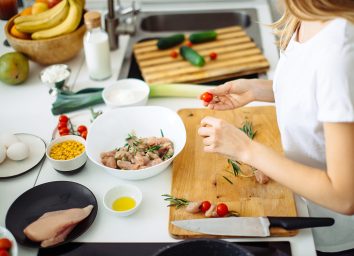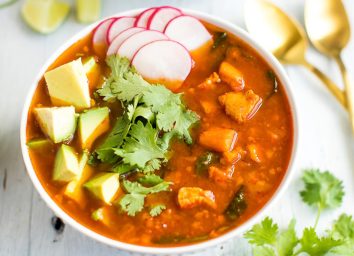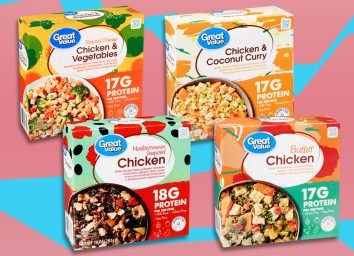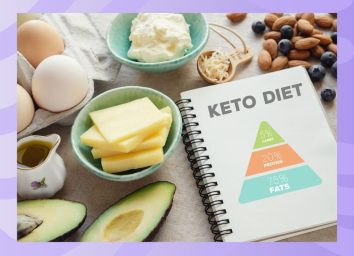15 Things You Must Know Before Starting the Whole30 Diet
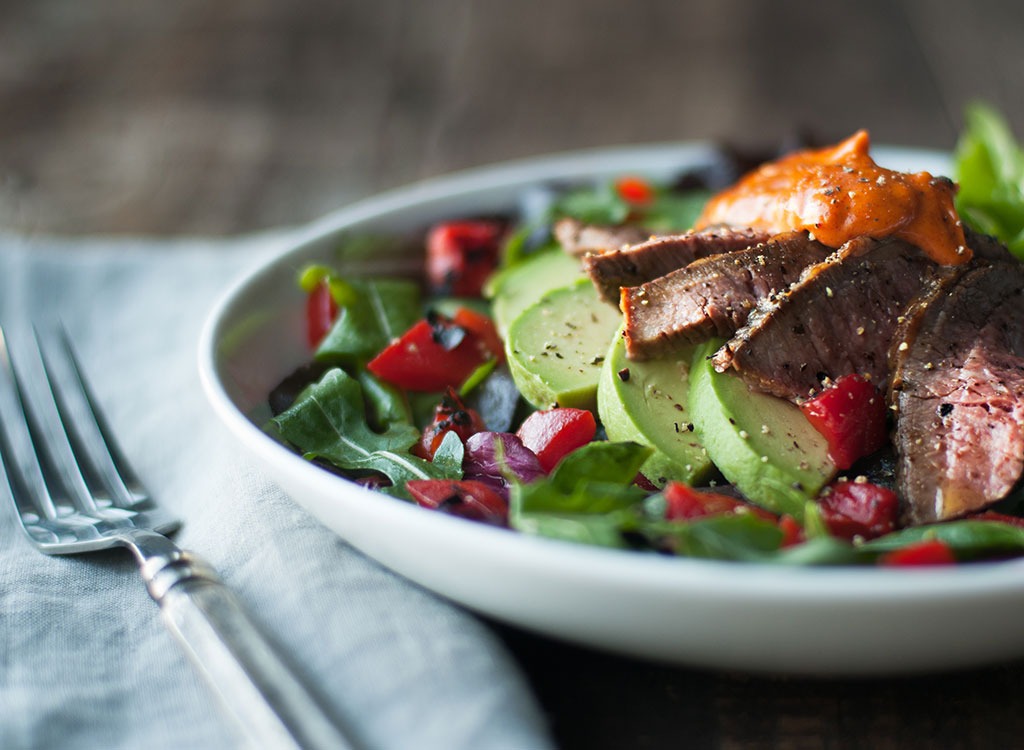
Interested in making a healthy lifestyle change with major results in as little time as possible? Got a month? Millions of beginner and veteran wellness enthusiasts have roundly praised the Whole30 diet as a way to turbocharge a natural reset of the body’s systems and ultimately transition to a Paleo or other whole foods-focused diet. While the diet seems extremely restrictive and nit-picky—certain emulsifiers and thickeners in ready-made products are forbidden (more on that later)—the Whole30 has helped many people truly understand what clean eating means.
Once you complete 30 days, your shopping and eating habits will be in tune with a healthy diet consisting mainly of whole foods. More importantly, however, your body will be better-equipped to handle a long-term shift, with fewer cravings for sugar and processed foods. But crossing the Whole30 finish line doesn’t give you license to go ham on cupcakes and ice cream. Rather, it’s about re-introducing foods like goat cheese, hummus, and freshly ground peanut butter into your diet (if you choose to), managing your cravings, and enjoying desserts in moderation—there we said it. With that said, here are 15 things to know before starting Whole30, many of which will also be helpful if you plan to transition to Paleo afterward.
It’s Not Suitable For Vegans and Vegetarians
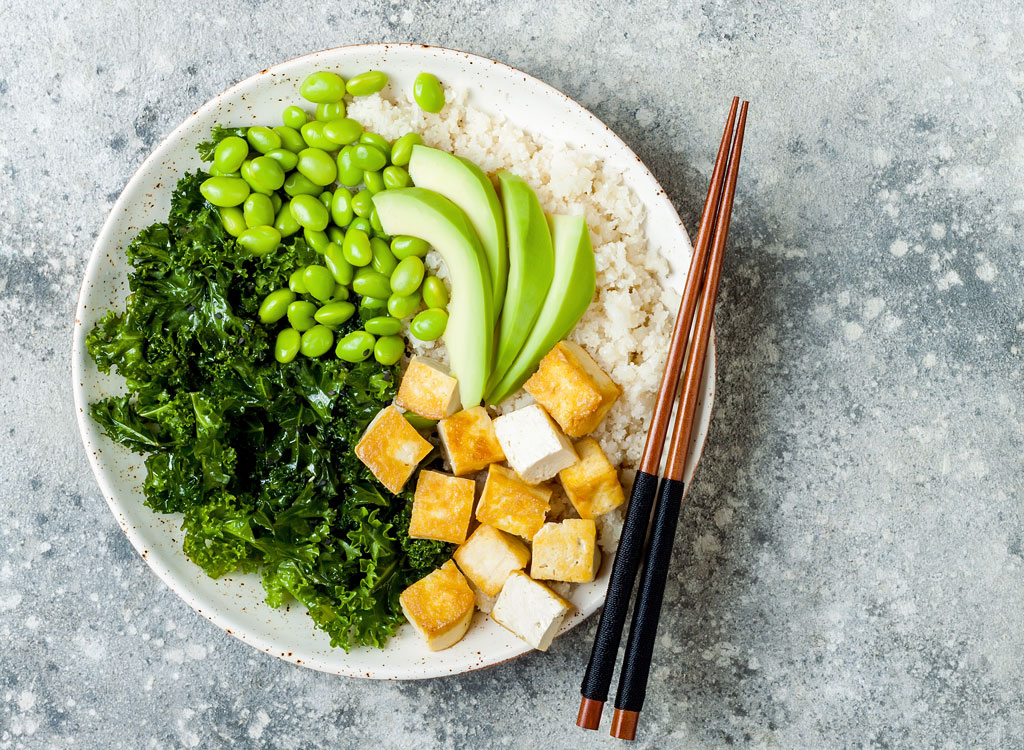
Unfortunately for vegans and vegetarians, this diet isn’t an option: legumes, beans, pulses, and soy are all verboten. Vegetarians would lose the protein, calcium and other nutrients derived from dairy products, and neither would have access to the simple or complex carbohydrates that provide energy. The good news is that the diet is ideal for the newly health-conscious omnivore.
Your Sweetest Days Are Behind You (For Now)
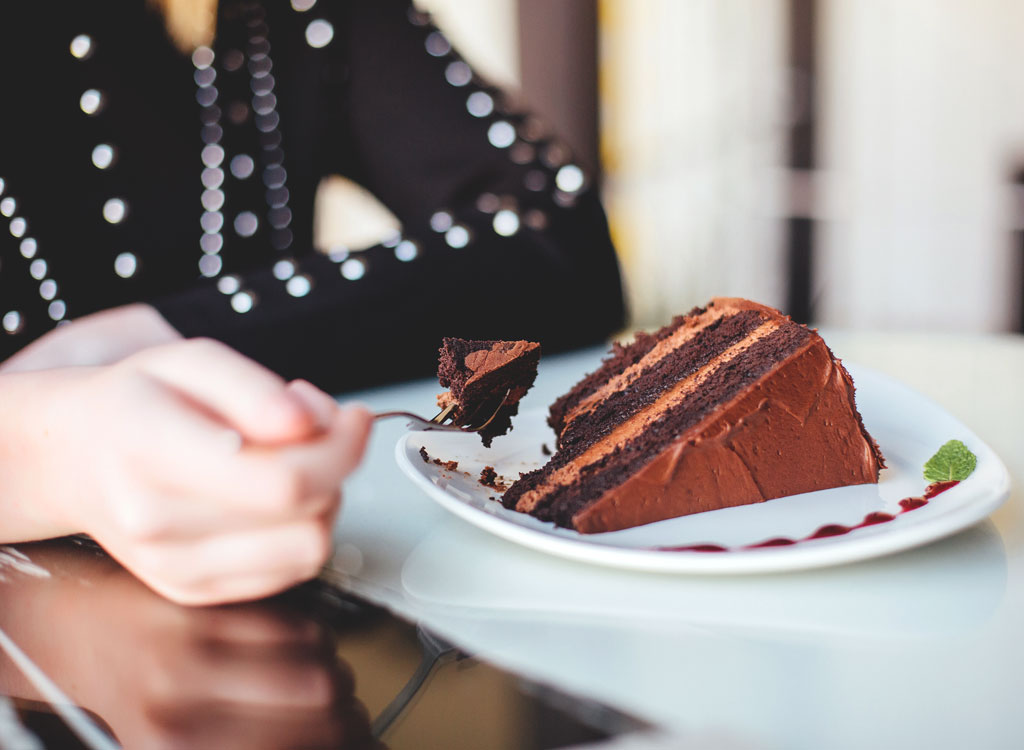
No sugar, sweetener, corn syrup, beet sugar, agave syrup, maple syrup, coconut sugar…you get the point. You’ll have to say sayonara to sugar—in any form—for the next 30 days. And while you can enjoy all types of fruit on the diet, it’s recommended you stick to two servings a day. Why? The problem with fruit isn’t the sugar but the carbs. Melissa Hartwig, co-creator of the Whole30 diet, explains in a diet FAQ, “We want to make sure you’re not leaning on fruit to satisfy your sugar cravings, as that won’t help you change your dessert or sugar habits.”
You’ll Have to Say Adios to Alcohol

Whether it’s frose, a glass of Chianti or a full-bodied stout, alcohol packs plenty of empty calories in the form of carbs and sugar. The average Cosmopolitan, for example, has nearly 24 grams of carbs—22 of them being sugar! But straight gin, rum, whiskey, and vodka don’t contain any added sugar, you say? You’re on Whole30; you’re being nice to your liver, kidneys, and lungs (i.e. no smoking or cotton candy-flavored vape liquid). Enjoy the last hurrah, then shove it all in the cabinet—or down the drain.
You’ll Sharpen Your Sugar Sleuthing Skills

One of the chief problems with added sugar in today’s diet is that many don’t realize how many names it’s hiding behind. Cane crystals, corn sweetener, corn syrup solids, crystal dextrose, evaporated cane juice, fructose sweetener and fruit juice may stand out as obvious sweeteners, but what about anhydrous dextrose, diglycerides, disaccharides, glucose, glucosamine, isomalt, and maltodextrin? Get familiar with sugar’s many forms for smarter shopping—one of Whole30’s chief tenets. Want to learn more on how to discern sugar on labels and kick your sweet cravings? Get a copy of The 14-Day No Sugar Diet today! It’s filled with helpful nutrition tips, healthy swaps, and guides on how to quit sugar—for good.
Reading Ingredient Lists Will Save You
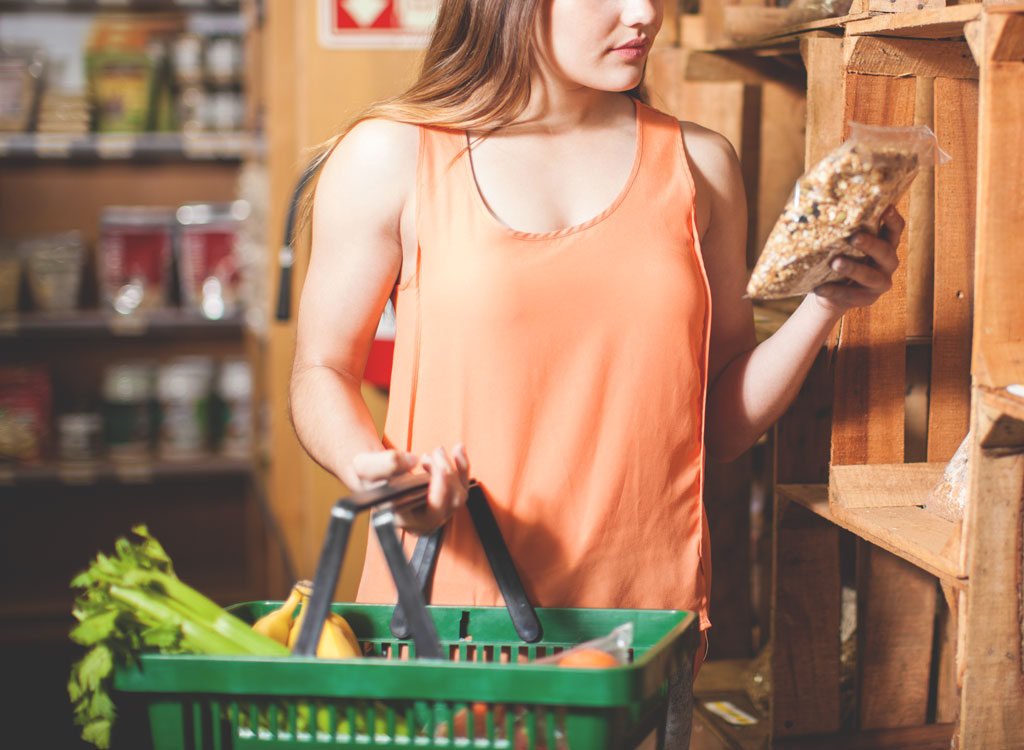
Speaking of spotting added sugars in prepared foods, the fewer ingredients there is on a label, the more likely it is to be Whole30-approved. And by fewer, we mean fewer than about three; less than three if you’re doing your very best. If a packaged bone broth has seven ingredients, it’s out of the running. Ideally, there shouldn’t have to be a label on your food, because it didn’t come from a package (other than fresh meat, fish, and eggs). Freshly ground almond butter contains almonds. Oh, while we’re on the topic, you’re going to want to toss that jar of Jif.
Grains Will Be Gone
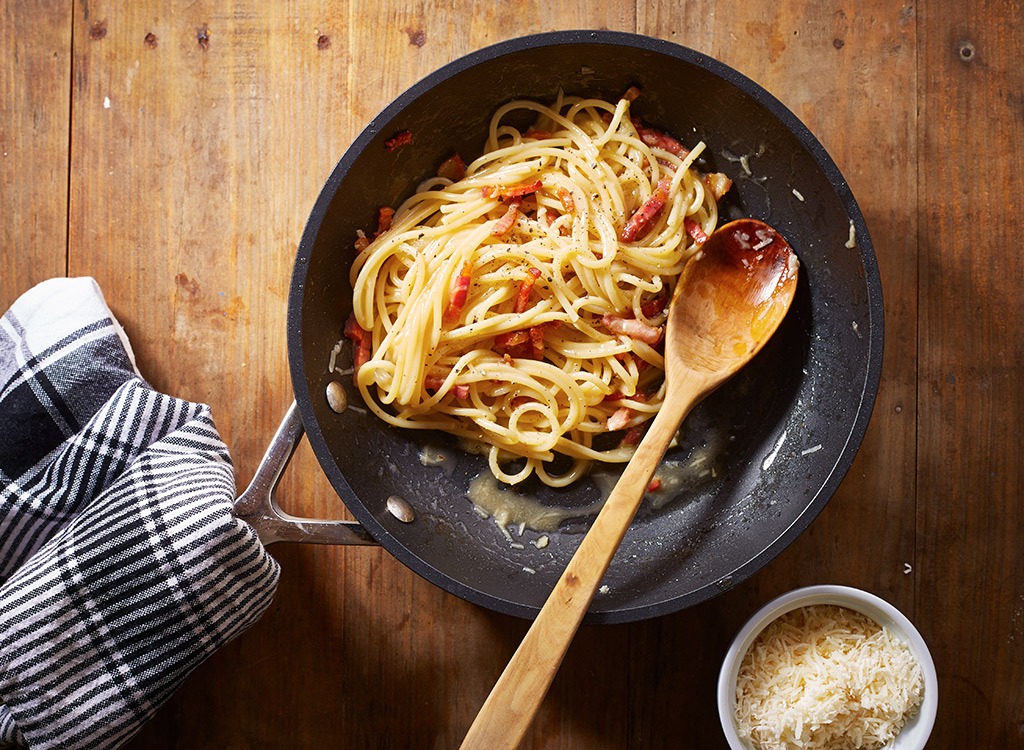
Bread, pasta, pizza, crackers, and any grain-based foods are all off-limits, including gluten-free grains like quinoa and brown rice. According to the Whole 30 site, forbidden foods contain “wheat, rye, barley, oats, corn, rice, millet, bulgur, sorghum, sprouted grains and all gluten-free pseudo-cereals like quinoa, amaranth, and buckwheat.” But leaving them behind for 30 days is an essential part of accessing the jump-start Whole 30 provides for your body. The site and book also note that thorough label reading will help prevent accidental ingestion of commonly added wheat, corn and rice ingredients like bran and starch.
But You Can Enjoy Unlimited Veggies
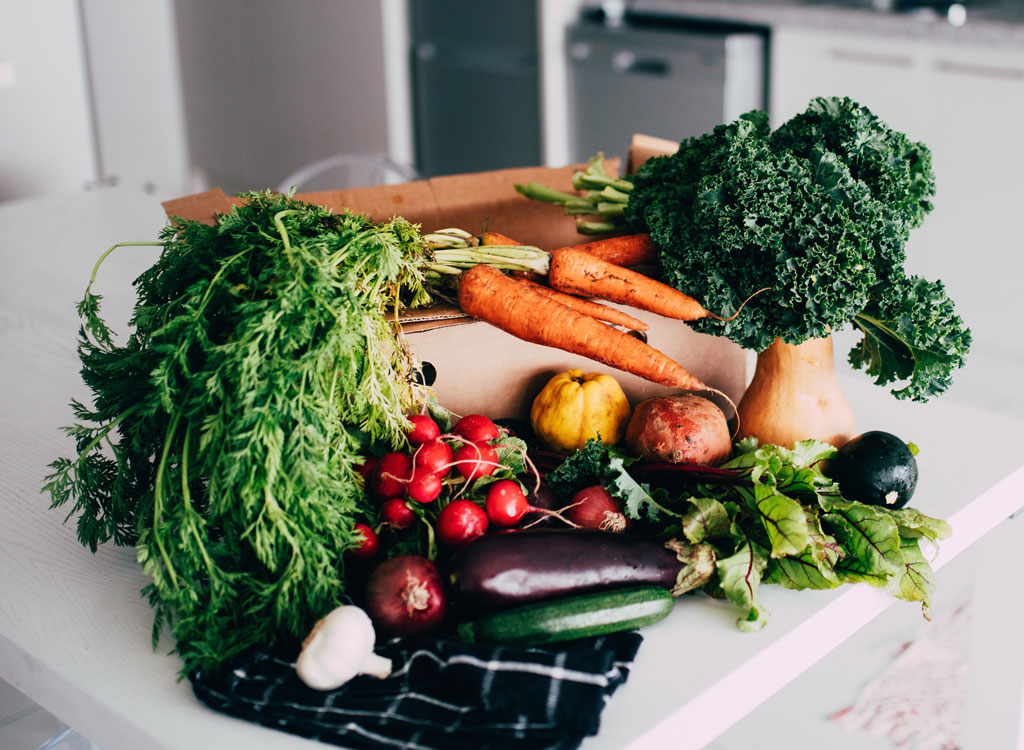
So what fuel will you be running on? Vegetables, including starchy ones like corn, squash and potatoes, and fruit in moderation. Keep in mind that the ultimate goal is extremely low sugar, so consider fruits like green apple, raspberries, blackberries, strawberries, watermelon, and honeydew. Looking for a satisfying thirst-quencher? Infuse any combination (or volume) of these fruits along with fresh herbs in a pitcher of water, and hydrate your system in delicious style.
Beans Are a Forbidden Fruit
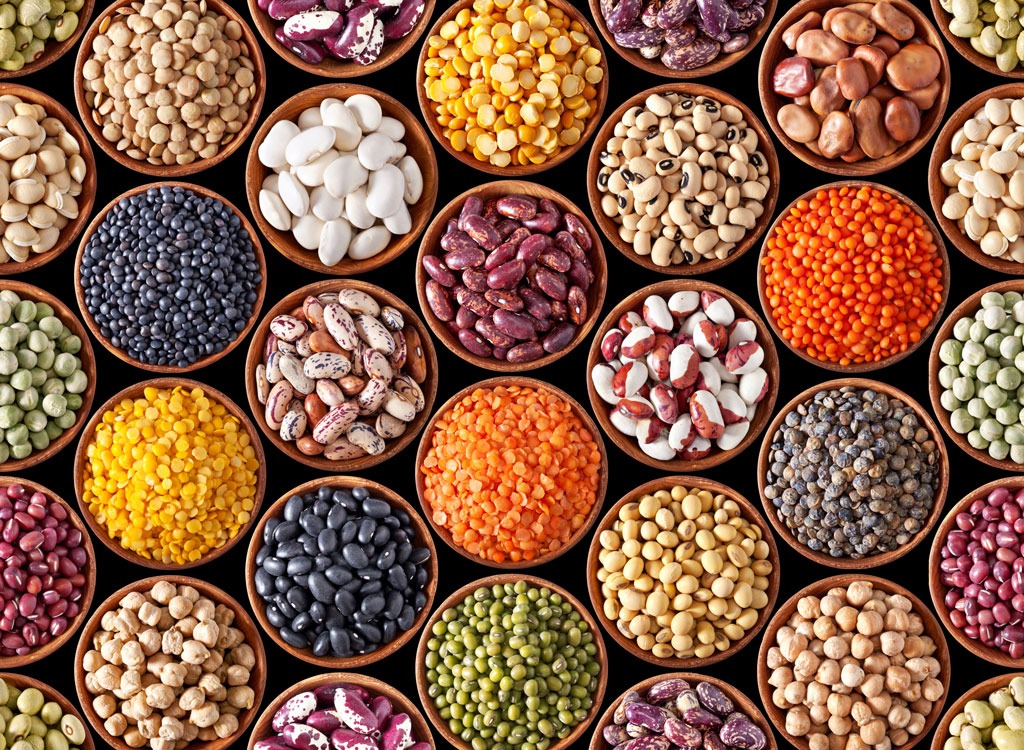
All forms of beans, pulses, and legumes are eschewed on the Whole30 diet—one of the reasons the diet isn’t suitable for vegetarians and vegans. Guess what happen to be legumes and beans? Peanuts and soy, respectively. So sadly you should avoid peanut butter nor tofu, soy milk, soy sauce, or edamame. As a diligent label-reader, keep an eye out for soy lethicin, a common food additive used in emulsification (store-bought mayonnaise, for example).
Mayo Will Become Your New Condiment BFF
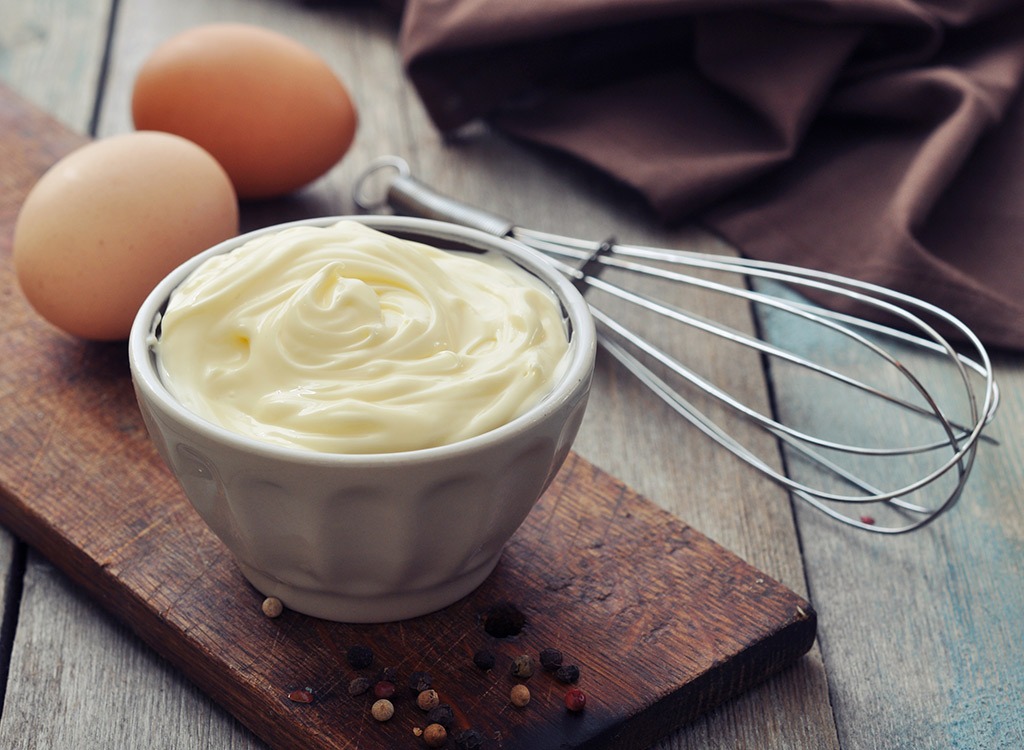
Bet you didn’t see that coming. Whole30 heartily endorses a homemade healthy mayo recipe that will knock your socks off. Use it as a dip, spread, condiment for meat, fish or poultry or in dressing for a satisfying, creamy texture and tangy flavor that’s better than any supermarket version.
You’ll Go Dairy-Free For A Little Bit
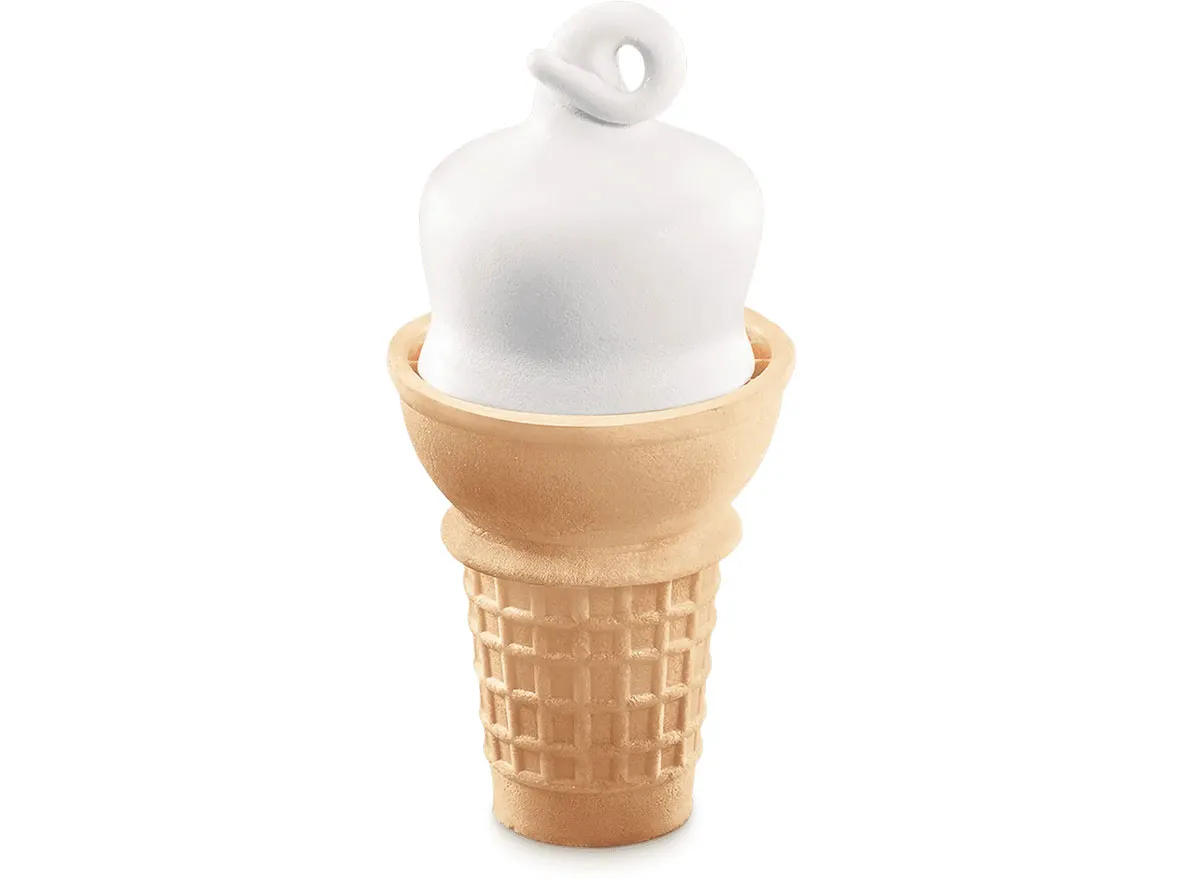
Fairly straightforward, this rules out everything that came from an udder. While plant-based milk like almond, cashew, and hemp is fine (oat is not—it’s a grain!), keep an eye out for off-limits emulsifiers like carrageenan, guar gum and gellan gum that help keep the liquid homogenized.
Ghee’s Good To Go
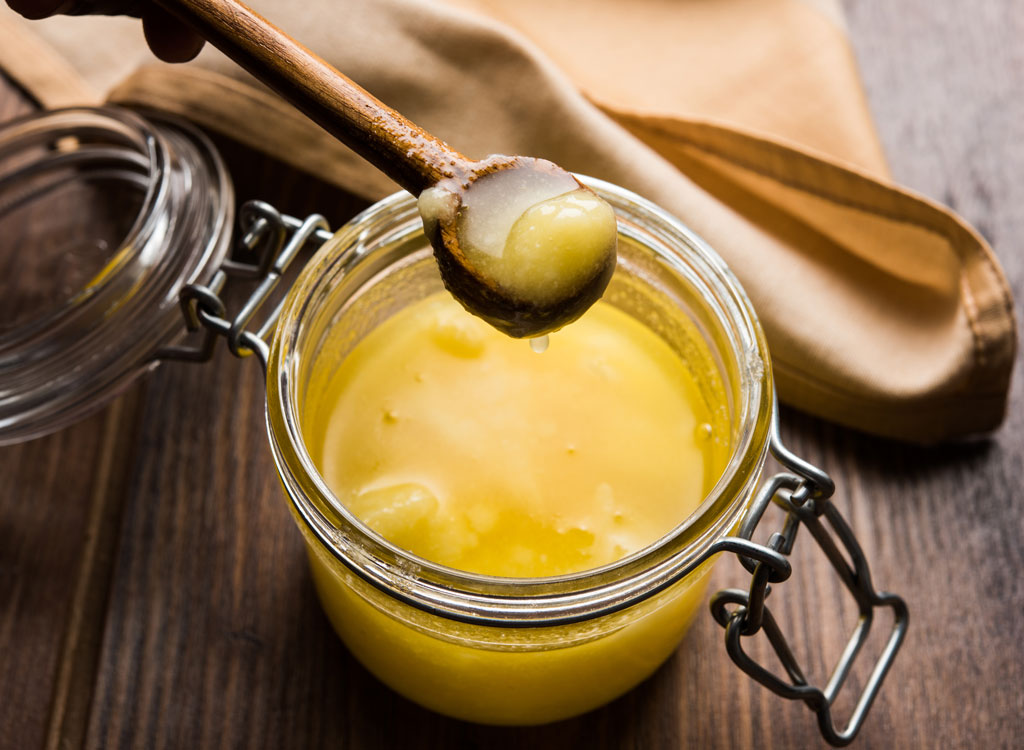
While dairy is off the list, clarified butter or ghee is very much on it. Why? The milk solids have been removed, leaving behind a healthy fat with a high smoke point that’s perfect for sauteing vegetables, roasting potatoes or enhancing grilled fish or steak with a rich, buttery flavor sans lactose (milk sugar). Extra-virgin coconut and olive oils also get the green light.
Look Out for MSG and Sulfites
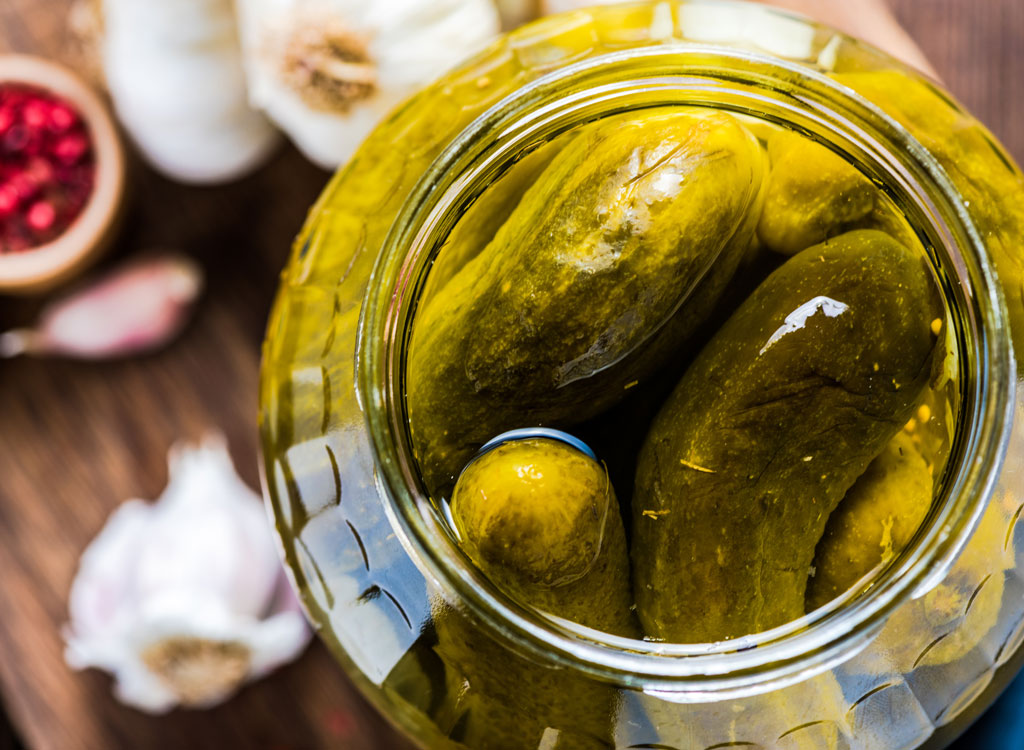
These food additives may add inimitable flavor, but they’re also difficult for the organs to break down. This diet is about thorough detoxing—you don’t want a distracted liver. Check labels for MSG in any form (glutamic acid, calcium glutamate, magnesium glutamate and the like) and avoid sulfites in foods like bottled lemon and lime juice and some kinds of dried, fermented and pickled foods.
You Can Keep Your Avocado Obessesion
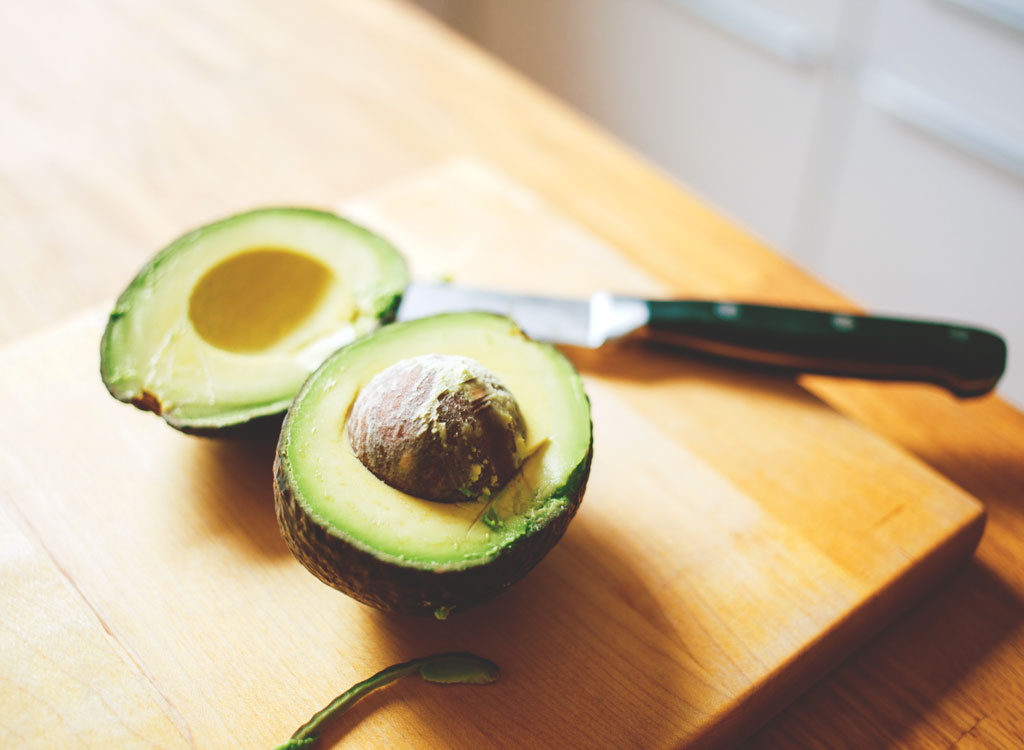
Not only are avocados allowed on Whole30, they’re encouraged! Mash, spread and chop them to your heart’s content along with natural seasonings like fresh herbs, lemon juice, cayenne pepper, ground cumin and sea salt.
Leave Your Cooking Hacks at the Door

As Hartwig reminds us, “a pancake is still a pancake, even if it’s made with coconut flour.” You have a wide world of Paleo baking to look forward to, but now is not the time to be hacking Whole30-approved ingredients into cupcakes you already know are going to be terrible. Whole30 is as much about discipline as overall wellness; in fact, you can’t experience overall wellness without discipline. Complete this little 30-day challenge without “cheat” pizza crust or brownies, and you’ll access a whole new level of nutritional wellbeing.
Weight Loss Isn’t the Goal

It doesn’t matter whether you lose or gain weight on this diet. Weight management is not the point of Whole 30. This entirely food-based wellness plan encourages optimal organ health, digestive regularity and boosted metabolism as preparation for a less-restrictive but equally nutritious long-term lifestyle. So people who follow the diet are encouraged to avoid weighing themselves over the course of the diet. Step on the scale before you begin, then tuck it away in a closet to avoid temptation and maximize motivation.
